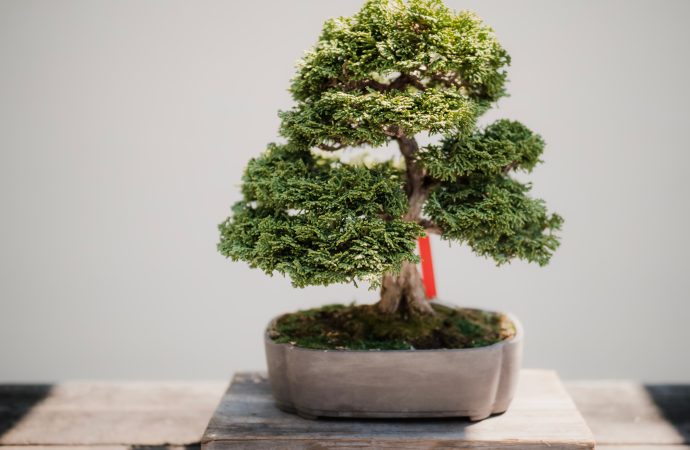Subtitle 1: Understanding the Plight of Bees and Butterflies Bees and butterflies play a crucial role in our ecosystems as pollinators. They help transfer pollen from male to female flower parts, enabling plant reproduction and the production of fruits and seeds. Unfortunately, these essential insects are facing significant challenges, including habitat loss, pesticide exposure,
Subtitle 1: Understanding the Plight of Bees and Butterflies
Bees and butterflies play a crucial role in our ecosystems as pollinators. They help transfer pollen from male to female flower parts, enabling plant reproduction and the production of fruits and seeds. Unfortunately, these essential insects are facing significant challenges, including habitat loss, pesticide exposure, climate change, and diseases. It is imperative that we take action to protect them and preserve our natural world.
Subtitle 2: The Vital Role of Flowers in Supporting Pollinators
Flowers and pollinators share a beautiful symbiotic relationship. As bees and butterflies gather nectar from flowers, they inadvertently collect and transfer pollen. This mutual interaction is vital for the survival and genetic diversity of many plant species. By planting a diverse array of flowering plants, we can provide the necessary food sources for these insects and create thriving habitats that support their populations.
Subtitle 3: Creating Bee and Butterfly-Friendly Gardens
One of the most effective ways to support bees and butterflies is by designing and cultivating bee and butterfly-friendly gardens. These gardens provide a safe haven for pollinators, offering them food, water, shelter, and nesting opportunities. When planning your garden, consider incorporating the following elements:
- Native Plants: Opt for locally native flowers, as they are well-adapted to the local ecosystem and attract a variety of native pollinators.
- Continuous Bloom: Select a mix of early, mid, and late-season flowering plants to ensure a consistent food source throughout the year.
- Diverse Colors and Shapes: Different species of bees and butterflies are attracted to different colors and flower shapes, so aim for a variety to accommodate their preferences.
- Water Sources: Provide shallow water dishes or small ponds with rocks for insects to access water without the risk of drowning.
- Shelter and Nesting Sites: Incorporate natural materials like logs, branches, and stones to create sheltered spots and nesting habitats for solitary bees and butterflies.
Subtitle 4: Popular Flower Choices for Pollinator Gardens
Several flower varieties are particularly beneficial for attracting bees and butterflies. Here are some popular choices:
- Coneflowers (Echinacea): These beautiful, daisy-like flowers produce abundant nectar and are adored by bees, butterflies, and even hummingbirds.
- Sunflowers (Helianthus): With their bright yellow blooms, sunflowers are irresistible to bees and butterflies, providing ample nectar and pollen.
- Lavender (Lavandula): Known for its fragrant flowers, lavender attracts bees and butterflies while adding a touch of beauty and aroma to your garden.
- Milkweed (Asclepias): Milkweed is crucial for the survival of monarch butterflies as it serves as the exclusive host plant for their caterpillars.
- Marigolds (Tagetes): These vibrant annual flowers not only add color to your garden but also attract various pollinators, including butterflies.
Subtitle 5: Spreading Awareness and Encouraging Action
Saving bees and butterflies requires collective efforts. Here are some ways you can contribute:
- Educate Others: Share information about the importance of pollinators and the role flowers play in their survival. Encourage friends, family, and community members to create pollinator-friendly spaces.
- Support Organic Farming: Choose organic produce whenever possible to reduce the use of

















Leave a Comment
Your email address will not be published. Required fields are marked with *